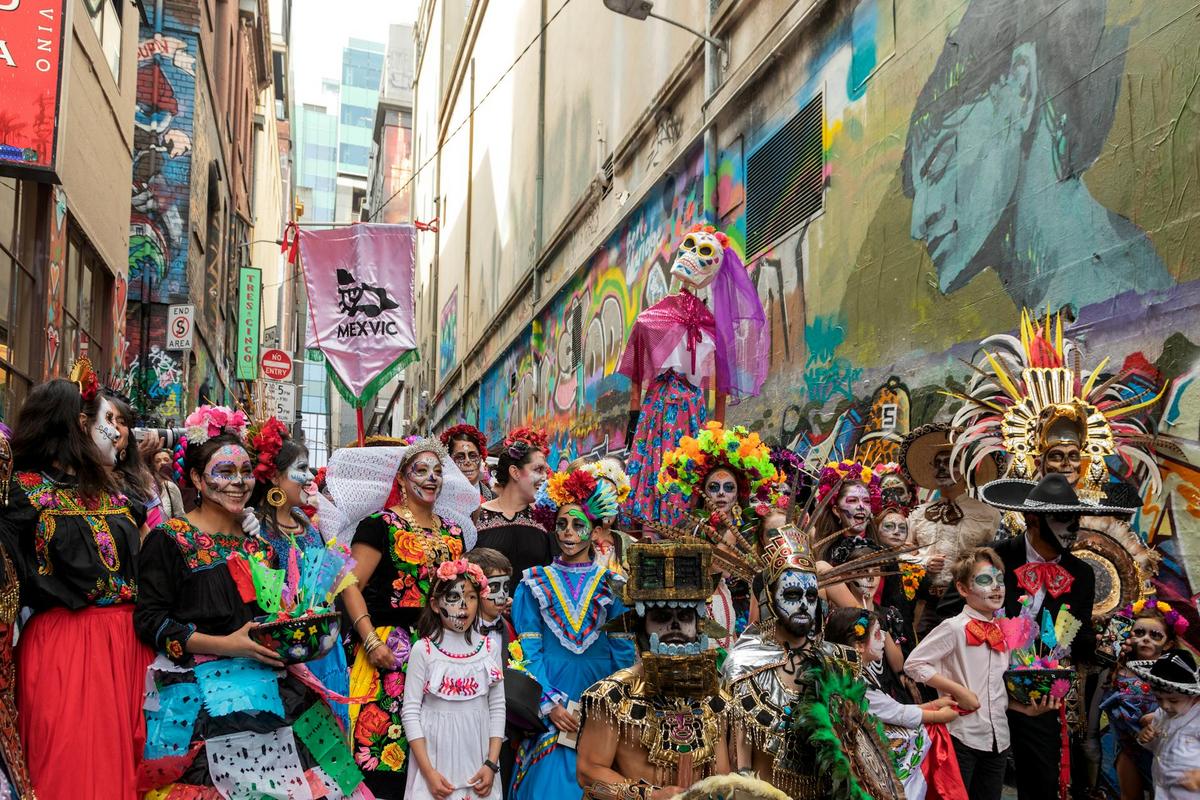
Exploring the World of Black and White Photography
Black and white photography is more than just a nostalgic nod to the past; it’s an art form that strips imagery down to its essence, highlighting the interplay of light and shadow, texture, and form. As colors fade away, photographers must rely on composition and contrast to create compelling images, offering a timeless and emotive experience.
The Art of Black and White Photography
Black and white photography can transform the mundane into the extraordinary. Renowned photographer Ansel Adams once said, “I can look at a fine art photograph and sometimes I can hear music.” This illustrates the profound impact monochrome images can have, evoking emotions and stories that color might sometimes overshadow.
The Science Behind the Shades
Research indicates that without the distraction of color, viewers tend to focus more on the subject’s emotional content and composition. In a study published by the Journal of Vision, it was found that black and white images often lead to stronger emotional responses due to their simplicity and focus on form and texture.
Personal Experiences
For many photographers, black and white imagery is a canvas where they can express deeper narratives. One such example is when a photographer captured the bustling streets of a city in monochrome, emphasizing the timelessness of urban life. The absence of color allowed the viewer to dive into the scene’s raw energy and emotion.
Tips for Capturing Stunning Black and White Photos
- Focus on Composition: Pay attention to lines, shapes, and shadows. These elements become more prominent in monochrome.
- Understand Lighting: Use lighting to your advantage to create depth and interest.
- Experiment with Filters: Digital filters can help enhance contrast and bring out textures.
- Practice: The more you shoot, the better you understand how to convey emotion without color.
When shooting in black and white, always visualize the scene without color. This will help you focus on contrast and composition.
Comparing Color vs. Black and White
| Aspect | Color Photography | Black and White Photography |
|---|---|---|
| Emotion | Conveys mood through color tones | Relies on contrast and form |
| Focus | Can be distracted by colors | Highlights subject and texture |
| Composition | Color can sometimes overshadow composition | Emphasizes shapes and lines |
| Storytelling | Offers vibrant narratives | Provides a timeless feel |
| Editing | Involves color correction | Focuses on contrast adjustments |
| Viewer Response | May evoke varied emotions | Often leads to stronger emotional reactions |
| Versatility | Rich in hues and tones | Rich in detail and texture |
| Impact | Visual appeal through color | Impact through simplicity |
Frequently Asked Questions
Why is black and white photography still popular?
Black and white photography remains popular due to its timeless quality and ability to focus attention on composition, emotion, and texture.
What subjects work best in black and white?
Subjects with strong lines, textures, and contrasts, such as architecture, portraits, and landscapes, often work well in black and white.
How can I improve my black and white photography skills?
Practice regularly, study the works of renowned photographers, and focus on understanding light, shadow, and composition.
Conclusion
Exploring the world of black and white photography offers a unique opportunity to see the world through a different lens. By focusing on the essentials of light, shadow, and composition, photographers can create striking and powerful images that stand the test of time. Whether you’re a seasoned photographer or a budding enthusiast, embracing monochrome can enhance your visual storytelling skills and provide a fresh perspective on the art of photography.


